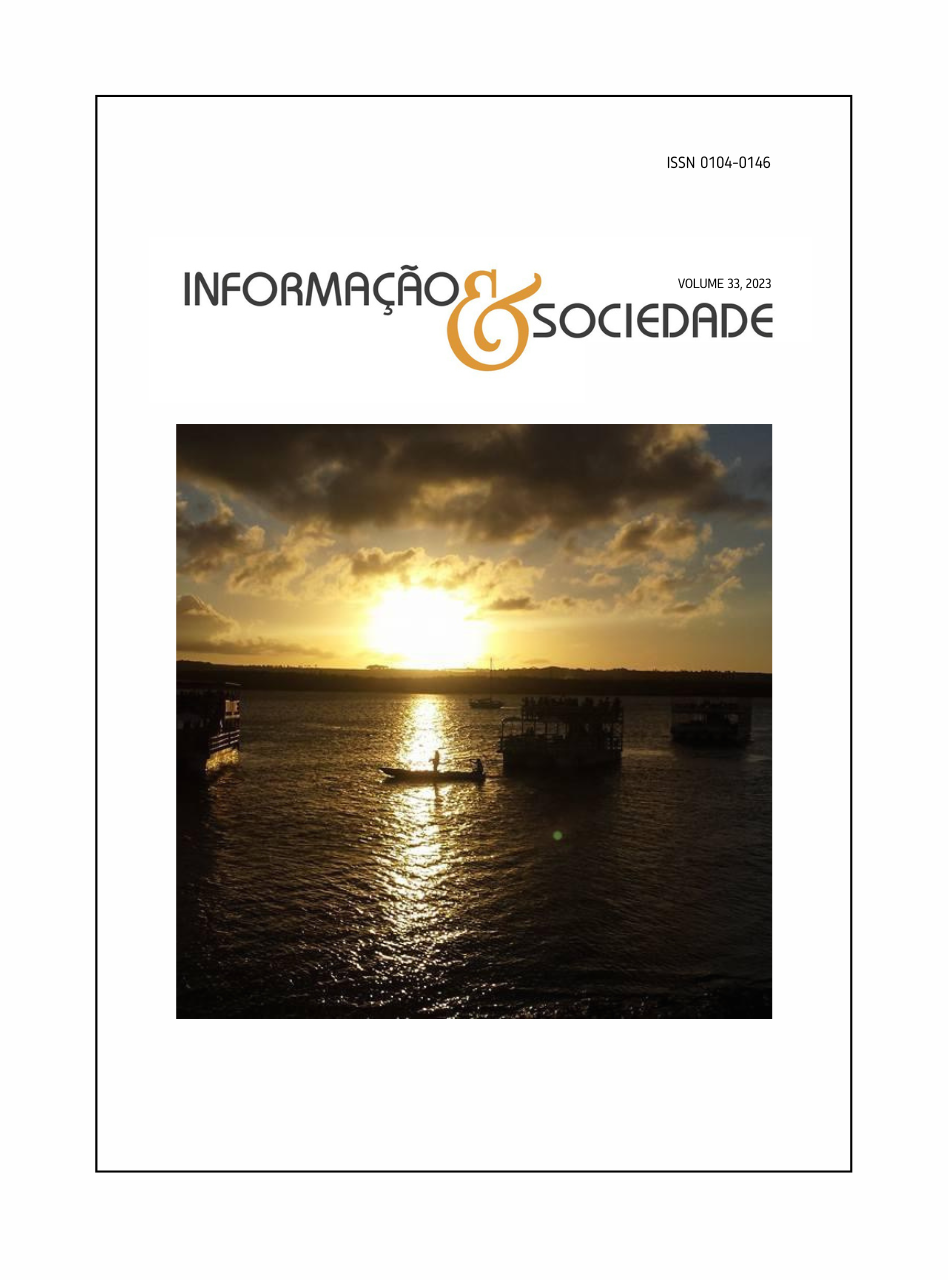SEMAP
An Ontology for Semantic Networks of Concept Maps
Keywords:
Ontologies., Semantic networks., Concept maps., Semantic networks of concept maps., Collaborative learning.Abstract
This paper presents the SEMAP ontology, developed to support learning social networks that use collaborative semantic networks of concept maps as integrated sets of learning materials, in which: each learner evolves their own semantic network throughout life; encyclopedias of concept maps are collaboratively developed by language; institutions can organize their semantic networks at the school and class levels; and linguistic treatments are specified so that links between maps receive correct treatments for synonymy, antonymy, gender, number, and translations. Based on this ontology, experiments in meaningful learning are being prepared, aimed at lifelong learning.
Downloads
References
AUSUBEL, D. P. Aquisição e retenção de conhecimentos: uma perspectiva cognitiva. Lisboa: Plátano Edições Técnicas, 2003.
BARROS, L. A. Suporte a ambientes distribuídos para aprendizagem cooperativa. 1994. UFRJ, 1994.
BERK, L. E.; WINSLER, A. Scaffolding Children's Learning: Vygotsky and Early Childhood Education. NAEYC Research into Practice Series. Volume 7. National Association for the Education of Young Children, NW, Washington, 1995.
BRASIL. Base Nacional Comum Curricular. Resolução CNE/CP nº 2/2017.
BRINTON, C. G.; CHIANG, M. Social learning networks: A brief survey. In: 2014 48th Annual Conference on Information Sciences and Systems (CISS). IEEE, 2014. p. 1-6.
CAÑAS, A. J.; NOVAK, J. D. Concept mapping using CmapTools to enhance meaningful learning. In: Knowledge cartography. Springer, London, 2014. p. 23-45.
CAÑAS, A. J. et al. A summary of literature pertaining to the use of concept mapping techniques and technologies for education and performance support. Report to the Chief of Naval Education and Training, p. 1-108, 2003.
CHRISTENSEN, A. P. et al. Remotely Close Associations: Openness to Experience and Semantic Memory Structure. European Journal of Personality, v. 32, n. 4, p. 480–492, 2018.
DABBAGH, N.; KITSANTAS, A. Personal Learning Environments, social media, and self-regulated learning: A natural formula for connecting formal and informal learning. The Internet and Higher Education, v. 15, n. 1, p. 3-8, 2012.
DELORS, J. et al. Educação: Um Tesouro a Descobrir. Relatório para a UNESCO da Comissão Internacional sobre Educação para o Século XXI. São Paulo: Cortez Editora, 1998.
DCMI. DCMI Qualifiers. 2000. Disponível em: https://www.dublincore.org/specifications/dublin-core/dcmes-qualifiers. Acesso em 27 maio 2023.
FONSECA, L. C. C. et al. An intelligent and contextual information retrieval environment for Lifelong Learning. In: 2008 38th Annual Frontiers in Education Conference. IEEE, 2008. p. S4G-20-S4G-24.
GRUBER, T. R. Toward principles for the design of ontologies used for knowledge sharing? In: International Journal of Human-Computer Studies, Vol. 43, Issues 5–6, 1995, Pages 907-928, ISSN 1071-5819.
IHMC. CXL – Concept Mapping Extensible Language, 2024. Disponível em https://cmap.ihmc.us/xml/cxl.html. Acesso em 12 março 2024.
ISO. Codes for the representation of names of languages - Part 1: Alpha-2 code. ISO 639-1. International Organization for Standardization. Genebra, 2002.
JIANG, X. Query expansion based on a semantic graph model. In: 34th international ACM SIGIR conference on Research and development in Information Retrieval. 2011. p. 1315-1316.
JUNQUEIRA, E. S.; SALES, C. B. Rede Social, Apropriação e Aprendizagem de Alunos Universitários. Educação em Foco, p. 295-318, 2018.
LAHTI, L. Computer-Assisted Learning Based on Cumulative Vocabularies, Conceptual Networks and Wikipedia Linkage. PhD Thesis, Aalto University, 2015.
LEUNG, K. W. et al. Applications of concept relation network to web search. In: 1st International Workshop on Linked Web Data Management. 2011a. p. 26-27.
LEUNG, K. W. et al. Constructing concept relation network and its application to personalized web search. In: 14th International Conference on Extending Database Technology. 2011b. p. 413-424.
NEVES, M. H. de M. Gramática de usos do português. Unesp, 2000.
NOVAK, J. D.; CAÑAS, A. J. The Theory Underlying Concept Maps and How to Construct and Use Them. IHMC CmapTools, p. 1–36, 2008.
PINTO, L. Significados e contextos: leitura e interpretação na Ciência da Informação. Revista Digital de Biblioteconomia e Ciência da Informação (RDBCI), v. 16, n. 3, p. 338-354, 2018.
ROCHA, C. C. et al. Arquitetura da informação: revisão integrativa em bases de dados de ciência da informação. Informação & Informação, v. 25, n. 2, p. 49-73, 2020.
SILVA, I. B. dos S. Recomendações para uma ontologia de domínio no âmbito de objetos digitais a luz da Ciência da Informação. Tese de Doutorado em Ciência da Informação. Salvador, UFBA, 2023.
STANFORD UNIVERSITY. Protégé: A free, open-source ontology editor and framework for building intelligent systems. 2023.
VYGOTSKY, L. S. Mind in society: The development of higher psychological processes. Harvard university press, 1980.
Downloads
Published
How to Cite
Issue
Section
License
Os originais aceitos e publicados tornam-se propriedade de INFORMAÇÃO & SOCIEDADE, sendo vedada sua reprodução total ou parcial, sem a devida autorização da Comissão Editorial, exceto para uso de estudo e pesquisa.






